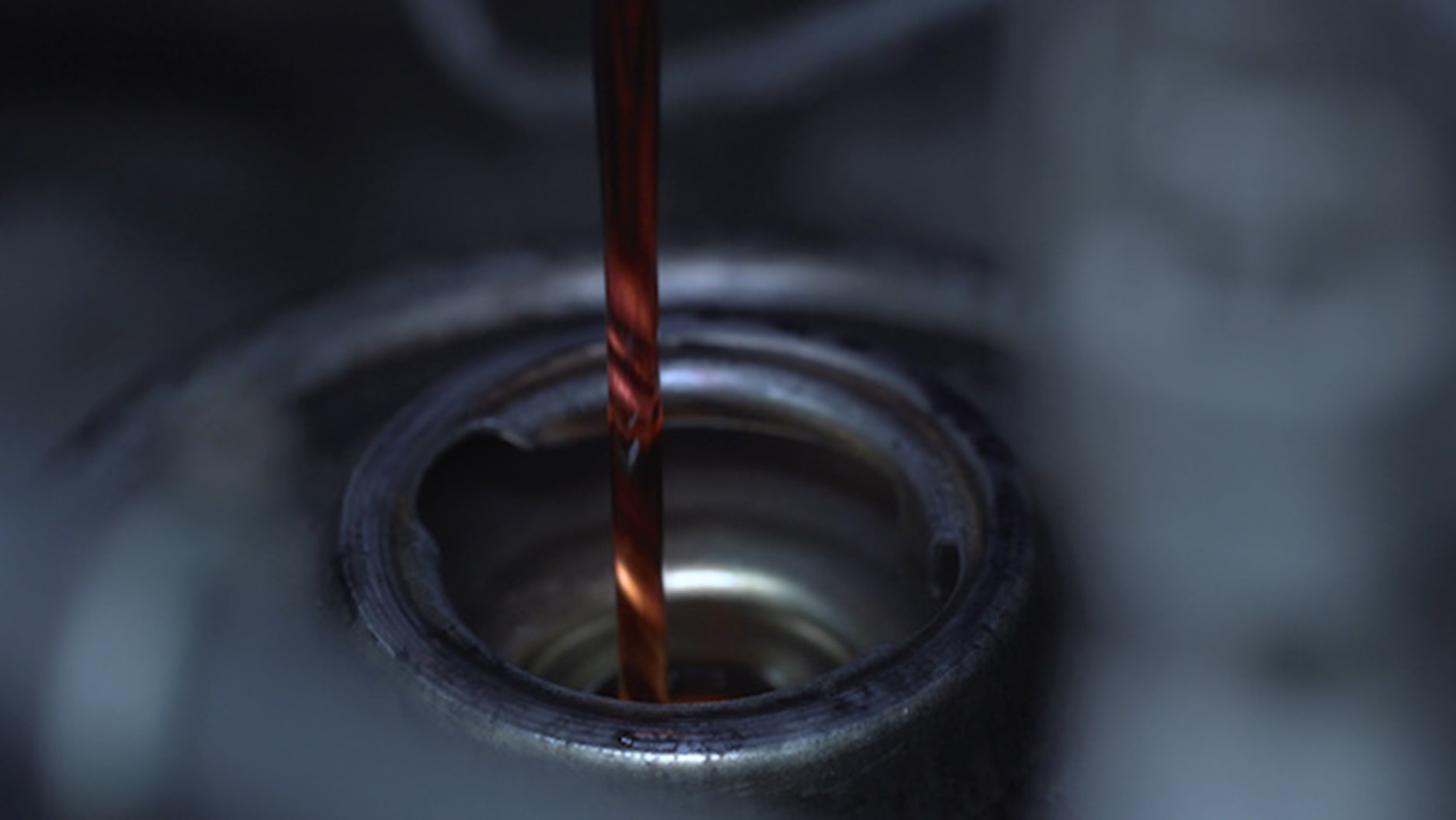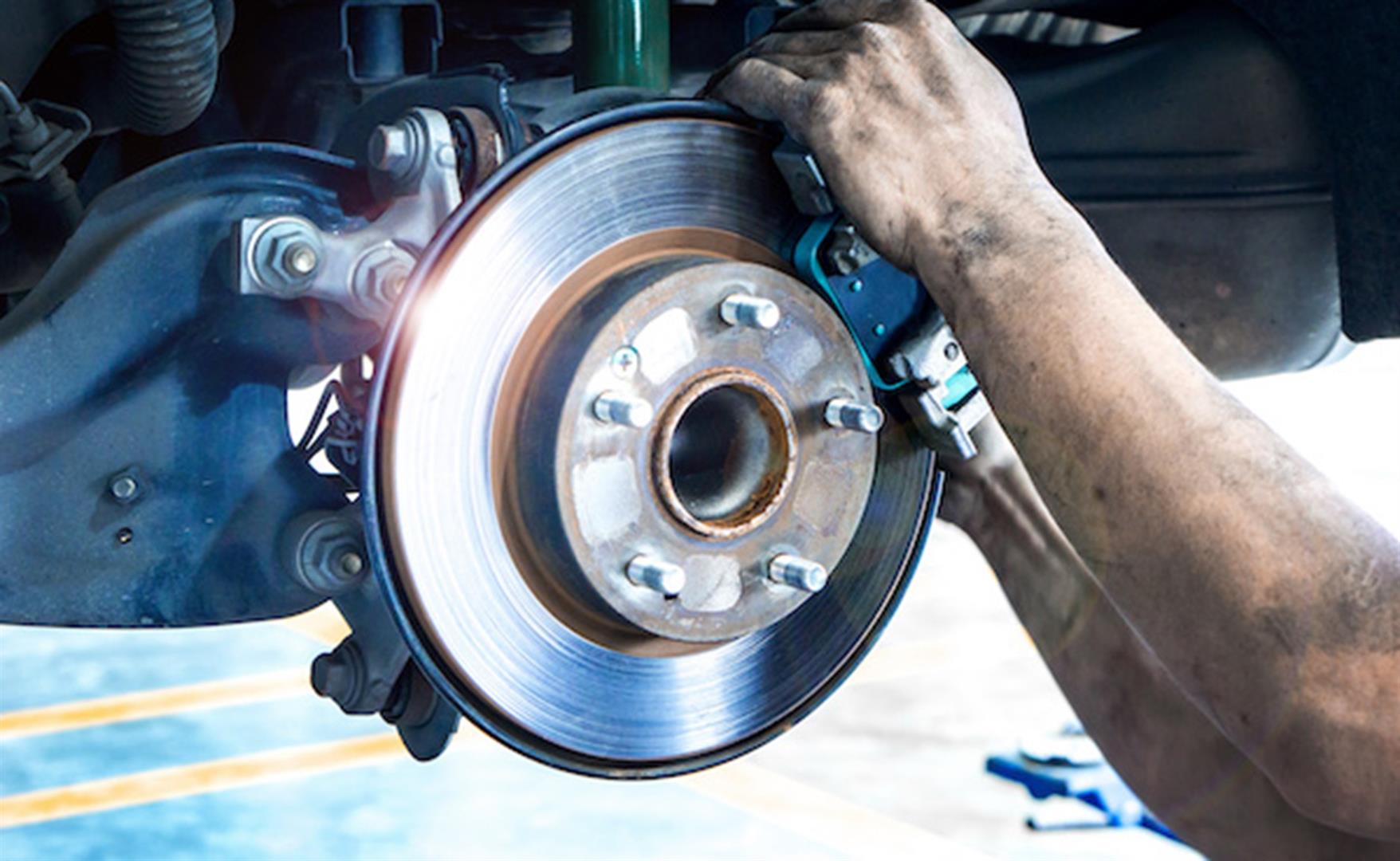Posted on 12/21/2022

Whether you drive a vehicle with a manual or automatic transmission, it's always a good idea to perform regular fluid flushes to keep your car working as it should. A transmission flush is a process that involves replacing 100% of your old transmission fluid with new fluid and eliminating the dirty, accumulated particles from the entire transmission. At Tim’s Automotive Repair & Sales, we utilize state-of-the-art products and fluid flush technology to ensure your vehicle systems are completely clean and renewed. What Are the Benefits of Regular Transmission Fluid Flushes? Extend Transmission Lifespan/Prevent Repairs - Transmission fluid keeps the entire system adequately lubricated. Without clean fluid, the transmission components will wear out faster. Plus, additional problems, such as leaks, may develop down the line and spread the damage. To avoid replacing one of the most expensive parts of your vehicle, you should have your transmission flu ... read more
Posted on 12/21/2022

The vehicle's steering and suspension systems are responsible for making your drives stable, comfortable, and safe. If you notice a bumpy or shaky ride, it is almost always linked to one of its components. You need to have your steering and suspension checked and not let red flags go amiss. More importantly, you should never put off a minor steering or suspension issue as they can progress. Background Info on Steering & Suspension The steering and suspension systems are part of an extensive system all enclosed by the chassis. These two systems work hand-in-hand to give you control and proper handling to move your vehicle in a safe way. The steering wheel is controlled through the steering gear, the steering linkage, and the steering arm. So, all you have to do is move the steering wheel to turn your tires/wheels. On the other hand, the suspension system consists of shocks, struts, coil springs, and more. These parts keep your vehicle stable by absorbing road impact and supporting the w ... read more
Posted on 12/21/2022

The brake system in our cars, SUVs, vans, and trucks is what protects us on the road. The slightest change in brake performance can put you at risk of a collision. That is why the team at Tim’s Automotive Repair and Sales always stresses the importance of regular brake inspections. Read on to learn more about the braking system and how to tell if your car needs brake services or repairs. Most service brakes or primary brakes are hydraulic systems, which are operated using a fluid. The pressure of that fluid gets pushed to trigger a series of events to slow down and stop your wheels from turning. Depending on whether your vehicle has disc brakes or drum brakes, the parts could vary. For example, disc brakes have brake pads, and drum brakes have brake shoes. As your vehicle puts on miles, your brake components will wear down and require servicing. To stay on top of your brakes’ condition, we recommend having your brakes checked annually or bi-annually. How to Tell ... read more